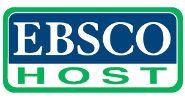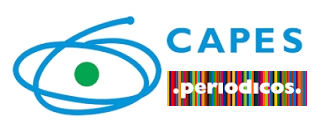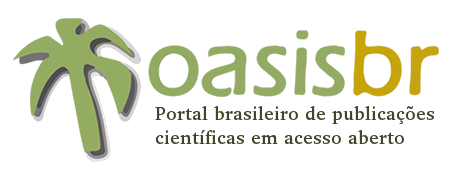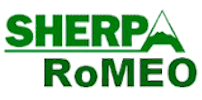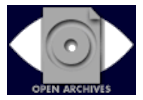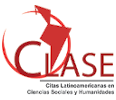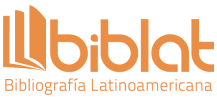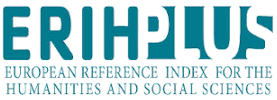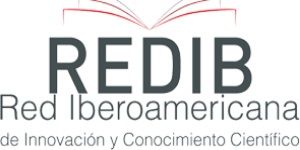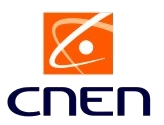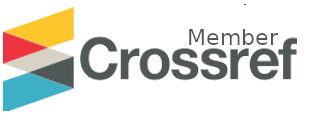A ideia de natureza em Raul Brandão
DOI:
https://doi.org/10.18012/arf.2016.32421Keywords:
Absoluto, Cor, Filosofia, NaturezaAbstract
Este estudo tem como objectivo central e geral, mostrar a influência filosófica grega, em particular, as matrizes pré-socráticas na obra ‘As Ilhas Desconhecidas’, do escritor novecentista português, RAUL GERMANO BRANDÃO (1867-1930). Essas matrizes centram-se especificamente no conceito clássico de ‘Natureza’, ou ‘Phýsis’. A expressão Natureza aplica-se a tudo aquilo que tem como característica fundamental o facto de ser natural, ou seja, envolver todo o ambiente existente, micro e macrocósmico. Desta noção conceptual, surge o seu significado mais amplo - a de que a Natureza corresponde à substância física da qual eram feitas todas as coisas - mundo material - e, correlativamente, ao Universo físico em que toda a sua matéria e energia, inseridas num processo dinâmico que lhes é próprio e cujo funcionamento segue regras próprias. Na sua obra ‘As Ilhas Desconhecidas’ (1926), Raul Brandão manifesta um propósito estético-ontológico no sublinhar da estética da existência.
Downloads
References
BRANDÃO, Raul Germano. As Ilhas Desconhecidas, notas e paisagens, Editorial Comunicação Lda, Lisboa, Colecção Obras Completas de Raul Brandão, 1ª edição, 1988
Additional Files
Published
How to Cite
Issue
Section
License
Copyright (c) 2017 Carlos Alberto Gomes

This work is licensed under a Creative Commons Attribution 4.0 International License.
Journal general policy
1.This journal works under a Creative Commons License aplied to online journals. That icence can be read in the following link: Creative Commons Attribution 4.0 International (CC BY 4.0).
2.Accordingly to this License, a)the journal declares that authors hold the copyright of their articles without restrictions, and they can archieve them as post-print elsewhere. b)the journal allow the author(s) to retain publishing rights without restrictions.
Metadata Policy for information describing items in the repository
1. Anyone may access the metadata free of charge at anytime.
2.The metadata may be re-used in any medium without prior permission, even commercial purposes provided the OAI Identifier or a link to the original metadata record are given, under the terms of a CC BY license refered for the Journal.





